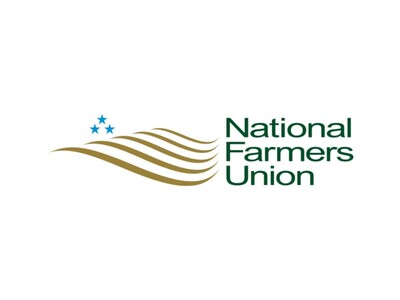Highly Pathogenic Avian Influenza Expected to Mutate

Lorrie Boyer
Reporter
“In 2022. And through 2023, we're looking at 65 million animals in the United States impacted- it has created some real challenges. And when we think about the animals that it's affecting, in this specific outbreak, it has tended to impact our longer-lived birds, more so than our younger birds. So the broiler industry has been less impacted with this specific outbreak than say the turkey industry or the egg-laying industry.”
The challenge with avian influenza is its ability to be harbored in migratory waterfowl where it can mutate into different subtypes of the virus, potentially becoming either nonpathogenic or a low pathogenic strain.
“We don't think it'll ever go away. We do think that will move out of our current outbreak with a genetic mutation of the virus. Now our producers have learned a ton and they have implemented biosecurity plans, not that they weren't before they were, but we learned a lot about how the virus can be introduced.”
Penn State University’s, John Boney.
















